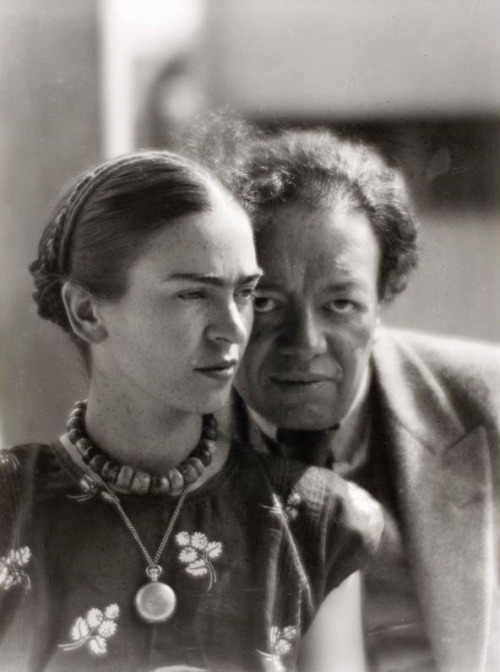Brassaï, Robert Capa, André Kertész, László Moholy-Nagy and Martin Munkácsi each left Hungary to make their names in Germany, France and the USA, and are now known for the profound changes they brought about in photojournalism, as well as abstract, fashion and art photography.
Others, such as Károly Escher, Rudolf Balogh and Jószef Pécsi remained in Hungary producing high-quality and innovatory photography. A display of approximately two hundred photographs ranging in date from c.1914–c.1989 will explore stylistic developments in photography and chart key historical events. These striking images will reveal the achievements of Hungarian photographers who left such an enduring legacy to international photography.
Exhibition organised by the Royal Academy of Arts on the occasion of the Hungarian Presidency of the EU 2011
Unless A cancels this is what I am looking forward to on Sunday. Royal Academy, London.
 Capa
Capa
 Brassai
Brassai
 Kertesz
Kertesz
 Laszlo Moholy-Nagy
Laszlo Moholy-Nagy
 Munkacsi
Munkacsi
Oddly enough I am going to see an exhibition of Frida's work next month. Feeling so so lucky.

I am liking Munkasci a lot. I read about the skill he showed in capturing action.

There are so many I truly like - I wouldn't know which one to print - someone choose one for me please. I bet I end up buying a book if there is one.
Self-taught, Martin worked since 1912 as a sports reporter in Budapest, and, in the early 1920s, started to publish his first photos. At the time, sports action photography could only be done in bright light outdoors. His innovation was to make sports pictures as meticulously composed action photographs, which required much artistic and technical skills
Munkácsi's break-through was to happen upon a fatal crime scene, which he photographed. Those photos affected the outcome of the trial of the accused killer, and gave Munkácsi considerable notoriety. That notoriety helped him get a job in Berlin in 1928, for the Berliner Illustrierte Zeitung, where his first published photo was a race car splashing its way through a puddle. He also worked for the fashion magazine Die Dame. Berliner Illustrierte Zeitung was a weekly magazine with a circulation of 2 million copies. It was Germany's first magazine where stories were told by photos primarily. Muncácsi there worked alongside with the ingenious Erich Salomon who was the first who called himself a "Bildjournalist".
"My trick—is there one? Well, perhaps a bitter youth with many changes of occupation, with the necessity of trying everything from poetry to berry picking. These difficult early years probably constitute the sources of my modest photographic activity." (Martin Munkácsi) Dog Market England
Dog Market England

I seem to get the impression that photography before this time was "still". Munkasci's shots were unique, somehow angular (although that probably only means something to me), alacritous. I am sure I can learn more whilst there at the Roayl Academy. Reading and preparing is certainly giving me a greater understanding of the term street photography. Well at least I think I am gaining a different understanging. I am now so looking forward to seeing these photographs. Sheer brilliance
Bliss
xx
Others, such as Károly Escher, Rudolf Balogh and Jószef Pécsi remained in Hungary producing high-quality and innovatory photography. A display of approximately two hundred photographs ranging in date from c.1914–c.1989 will explore stylistic developments in photography and chart key historical events. These striking images will reveal the achievements of Hungarian photographers who left such an enduring legacy to international photography.
Exhibition organised by the Royal Academy of Arts on the occasion of the Hungarian Presidency of the EU 2011
Unless A cancels this is what I am looking forward to on Sunday. Royal Academy, London.
 Capa
Capa Brassai
Brassai Kertesz
Kertesz Laszlo Moholy-Nagy
Laszlo Moholy-Nagy Munkacsi
MunkacsiOddly enough I am going to see an exhibition of Frida's work next month. Feeling so so lucky.

I am liking Munkasci a lot. I read about the skill he showed in capturing action.

There are so many I truly like - I wouldn't know which one to print - someone choose one for me please. I bet I end up buying a book if there is one.
Self-taught, Martin worked since 1912 as a sports reporter in Budapest, and, in the early 1920s, started to publish his first photos. At the time, sports action photography could only be done in bright light outdoors. His innovation was to make sports pictures as meticulously composed action photographs, which required much artistic and technical skills
Munkácsi's break-through was to happen upon a fatal crime scene, which he photographed. Those photos affected the outcome of the trial of the accused killer, and gave Munkácsi considerable notoriety. That notoriety helped him get a job in Berlin in 1928, for the Berliner Illustrierte Zeitung, where his first published photo was a race car splashing its way through a puddle. He also worked for the fashion magazine Die Dame. Berliner Illustrierte Zeitung was a weekly magazine with a circulation of 2 million copies. It was Germany's first magazine where stories were told by photos primarily. Muncácsi there worked alongside with the ingenious Erich Salomon who was the first who called himself a "Bildjournalist".
 Dog Market England
Dog Market England
I seem to get the impression that photography before this time was "still". Munkasci's shots were unique, somehow angular (although that probably only means something to me), alacritous. I am sure I can learn more whilst there at the Roayl Academy. Reading and preparing is certainly giving me a greater understanding of the term street photography. Well at least I think I am gaining a different understanging. I am now so looking forward to seeing these photographs. Sheer brilliance
Bliss
xx
No comments:
Post a Comment